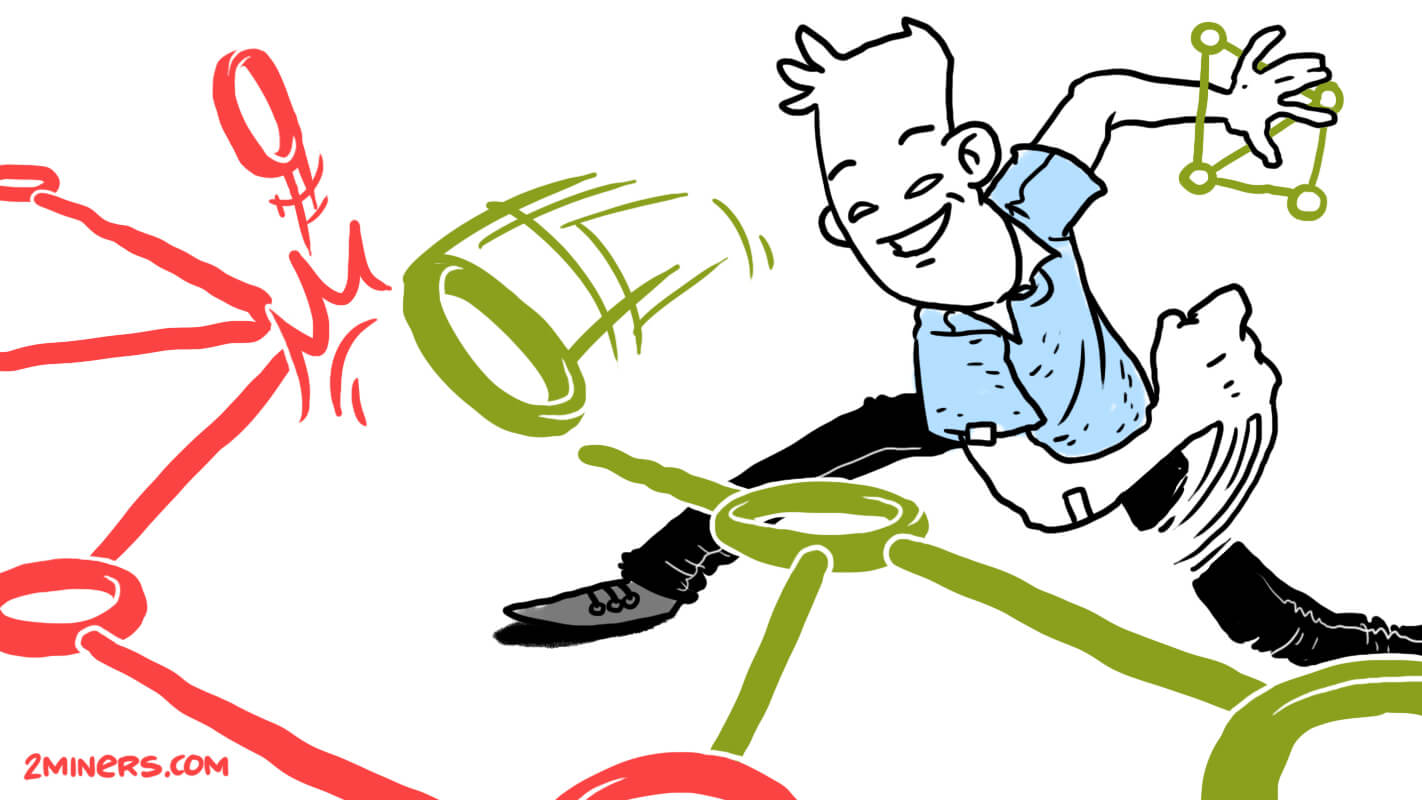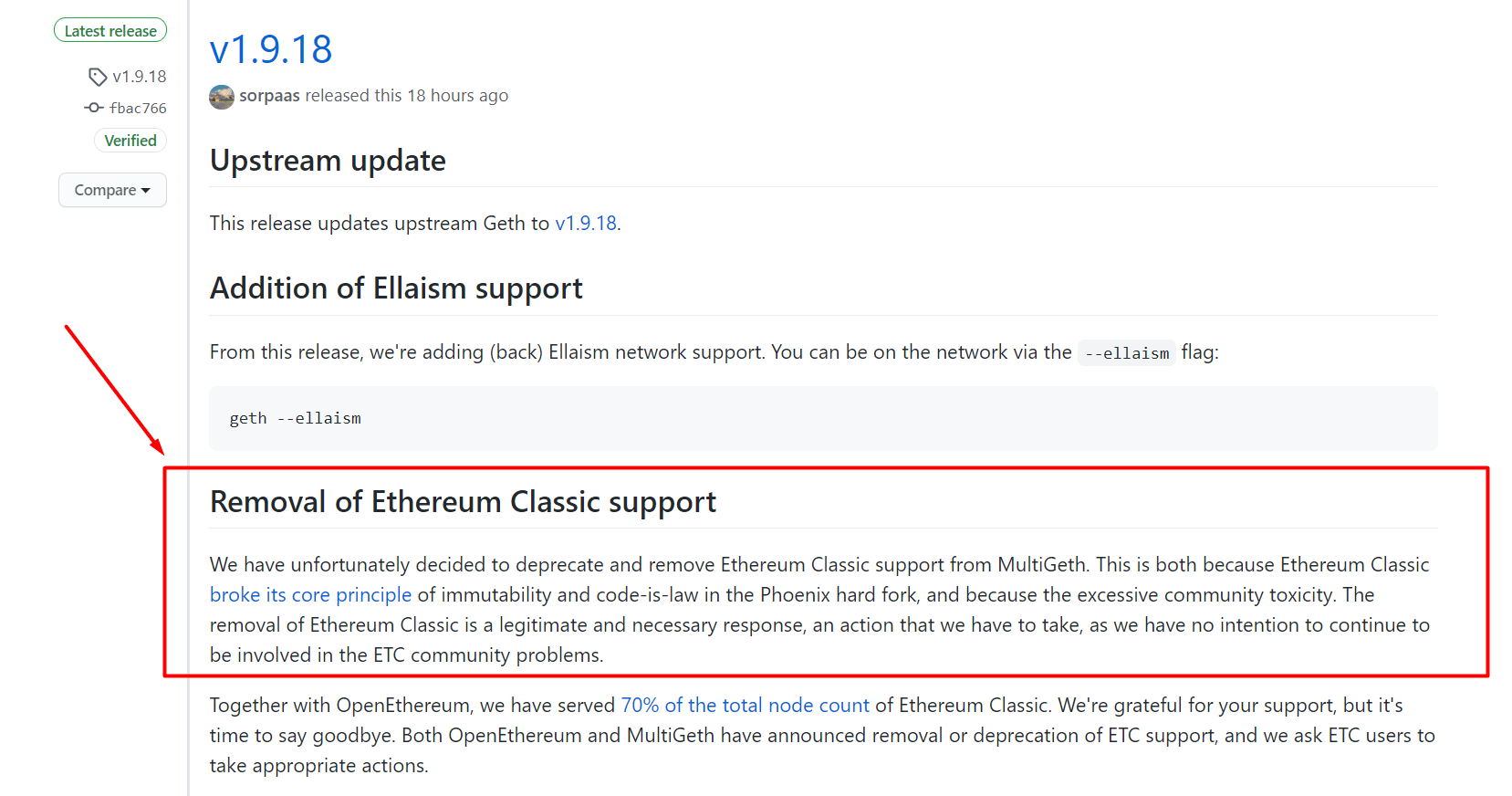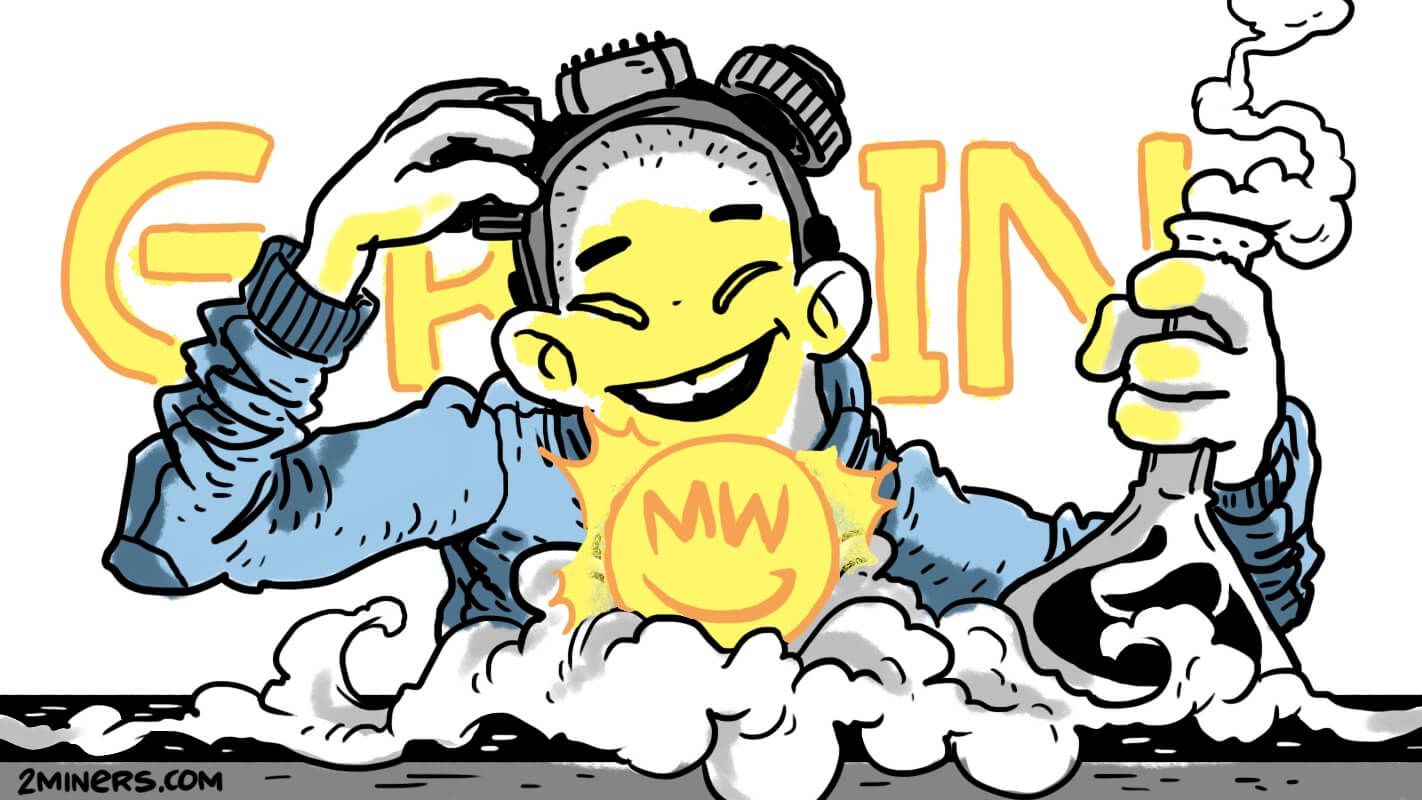It appears that at some point in time a 51% attack was executed on the network, and this is where the things got worse. It seems that different node software supporting the Ethereum Classic network is actually using different weighting algorithms that determine in cases of the network split which chain should take precedence.
Contents
Ethereum Multi-Geth Update
But let’s step back in time for just a day earlier and notice the new Multi-Geth release (v1.9.18) that publicly dropped the ETC support because “Ethereum Classic broke its core principle of immutability and code-is-law in the Phoenix hard fork, and because of the excessive community toxicity”. The authors say they no longer support ETC while their software together with OpenEthereum was backing up more than 70% of the nodes on the network, and just hours later ETC suffers from a large split. What was the cause is yet to be analyzed (multiple teams of people are investigating at the very time of this writing), but it seems like some of the larger parties on the ETC network failed to read the release notes and updated their node software to the latest-and-greatest Multi-Geth thus falling out from the network momentarily.
The loss of the hash power has caused alternative chains to appear and then it seems that different Ethereum node software seems to follow different principles in determining which chain is the “winner” and should be adopted as the main chain. Some of the nodes have decided the longest chain is the winner, while others that the chain with the larger block difficulty should take priority. As a result, over 3000 blocks were orphaned as the major network operators and miners have updated their software (for example, 2Miners moved from an older version of Multi-Geth that still supported ETC to a newer regular Geth).
Ethereum Classic Developers Reaction
Another point is the reaction of the core ETC developers out there (or, should we say, the lack of it). If the cryptocurrency network you’re responsible for is experiencing issues for more than 10 hours and there is no reaction whatsoever it brings up the questions of responsibilities and care. It is true that any cryptocurrency has to be self-driven and ideally independent of particular personalities, but in reality, the developer community behind it still should feel the responsibility and act quickly to prevent possible damage caused by such incidents.
“MIA” stands for “missing in action”
Sometime later ETC devs have released the note asking the exchanges to stop receiving deposits.
PSA: During this ongoing network maintenance we kindly ask service providers i.e. exchanges, mining pools, and others to temporarily halt $ETC deposits as we further investigate the issues behind the current state of the network.
We will be post all new updates here.Thanks! pic.twitter.com/hyc1HEpxNQ
— Ethereum Classic (@eth_classic) August 1, 2020
The Current State of Ethereum Classic Network
The waves are still going around but for the time being the situation with the network has stabilized. The real cause and why different node software distributions followed different weighting rules is yet to be thoroughly investigated, and we will surely follow-up with the findings of our own analyst team combined with other researchers’ conclusions.
Ethereum Classic pools on 2Miners are working, both PPLNS and SOLO. However, the payouts are currently stopped. We wait until the ETC developers will take a decision on this matter to re-enable the payouts. It is still not clear whether they want to execute some blockchain re-organization or not. So, once again, you could mine Ethereum Classic but you get the payout when the problem is solved and developers announce the investigation results and actions they are willing to perform.
If you want to get the latest updates follow us on TWITTER or join our Telegram Chat.






